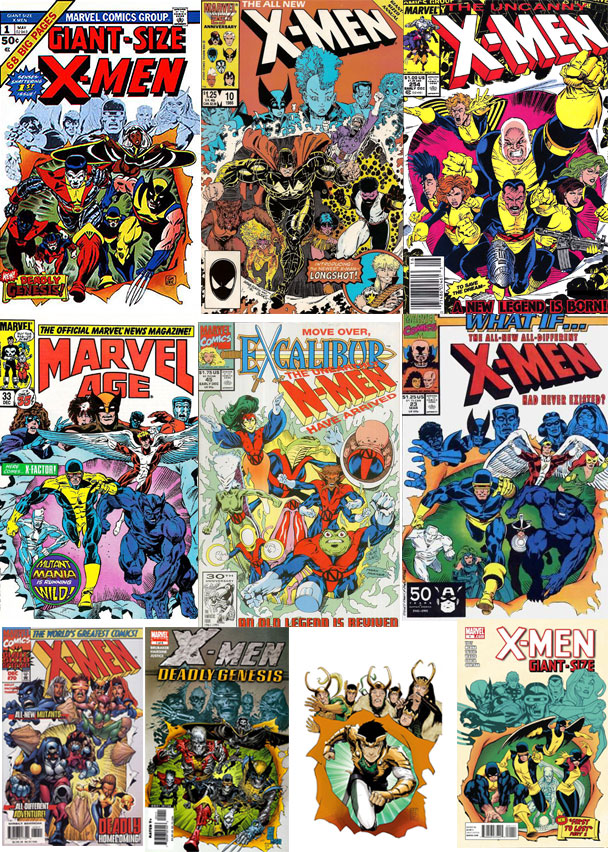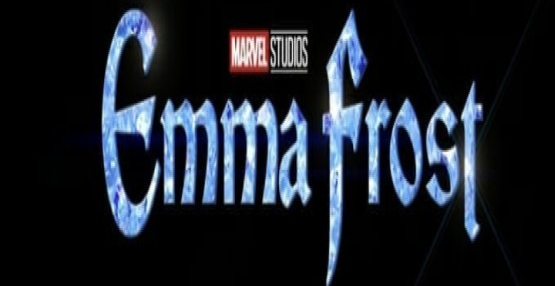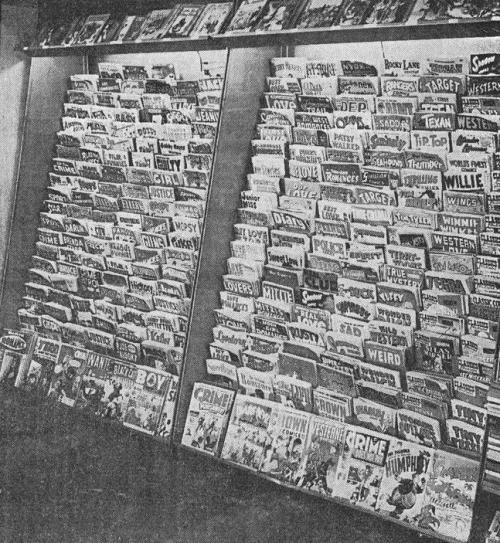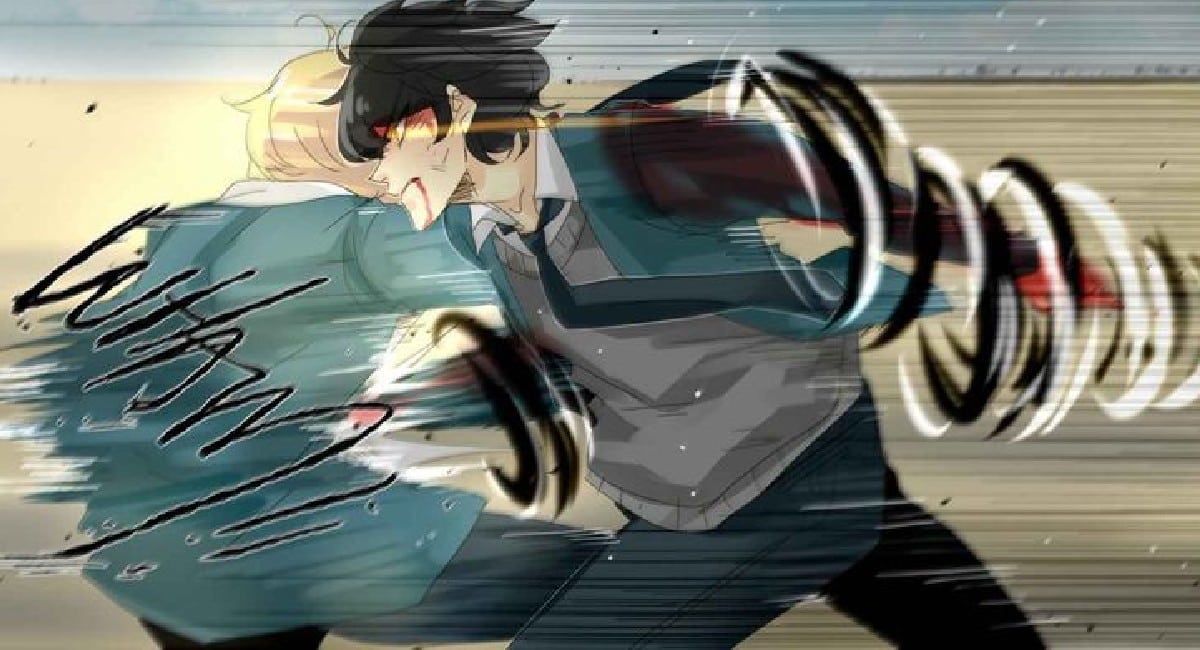And there came a Wednesday, a Wednesday unlike any other when Earth’s mightiest critics came together to review the latest Marvel releases no single critic could review: thus was born THE MARVEL RUNDOWN!
This week we’re spotlighting the final issue of Al Ewing and Jan Bazaldua’s Immortal Thor. Stick around after the full review for our weekly rundown of other Marvel titles including the new Captain America #1, Bring on the Bad Guys: Green Goblin, and X-Men: Hellfire Vigil!
The Beat wants to hear from you, True Believers! Tell us what you think of this week’s Marvel Comics! Shout us out in the comment section below or over on social media @comicsbeat, or @comicsbeat.bsky.social, and let us know.
 Cover by Alex Ross
Cover by Alex RossThe Immortal Thor #25
Writer: Al Ewing
Artists: Jan Bazaldua, Justin Greenwood, and Pasqual Ferry
Colorists: Matt Hollingsworth and Romulo Fajardo Jr.
Letterer: VC’s Joe Sabino
Cover: Alex Ross
The wheel turns. Another day, we awaken to more news of horrible happenings. We sleep. We wake. The same cycle. It is one of the major themes central to writer Al Ewing’s Immortal Thor. Our hero is trapped in a serialized cycle of stories without beginning or end. He lives, he dies, he lives again. What meaning can there be within this endless story told by liars and tricksters?
So it is fitting that the end of Immortal Thor is no end at all. This finale is, in reality, just another chapter in an ongoing story. It fits, thematically, into Al Ewing’s larger themes. But this issue is a dull thud when it should be a ringing hammer. The last several issues have been exceptional in ramping up the stakes and scope, only for this “death of the Immortal Thor” to deliver little but the bridge to a new story arc. It’s another frustrating example of Marvel’s publishing decisions working against both their creators and their readers. This is not the finale of a grand epic, it is the end of a chapter of a larger story. But it is being deceptively marketed as that grand finale which forces he and his collaborators to deliver some semblance of catharsis and climax. The new number one is just the next issue in Immortal Thor, under a new name and requiring a new subscription at the comic shop to ensure you can keep reading it. Marvel can argue that number one issues sell better but it is undeniable that the constant cancellations and relaunches of ongoing stories hampers the creators and makes keeping up with a book difficult for the consumer and reader.
The nature of publishing decisions aside, Immortal Thor has been frustrating to read. For all of its great individual moments and the scope of the storytelling and lyrical writing of Ewing’s scripts, it has never been able to reach its potential or deliver on its lofty ambitions, at least not since the departure of the series’ original lead artist. Jan Bazaldua is not bad but is a poor fit for the series, and the minimal, angular style is at odds with the poetic narration and dialogue, and the grandiosity of Ewing’s cosmology. Bazaldua’s world is small, with little grounding in place or sense of scale. It diminishes the work. Guest artist Justin Greenwood joins this final issue, which is just another example of the lack of care editorial has placed on the series. Why introduce a new artist with no history on this title for its final issue? This sections is jarring both for its sudden shift in style as well as the sudden introduction of a character with no build-up to its arrival. It’s a storytelling decision at odds with the fact of Immortal Thor coming to an end. Pasqual Ferry joins for an epilogue as a bridge between this Thor volume and the next, where he will be the lead artist at least for the initial arc. It sets up an interesting new status quo, and Ferry is exactly the kind of artist who meshes with Ewing’s fanciful and broad approach to Marvel comics. Matt Hollingsworth and Romulo Fajardo Jr. bring depth and life to the visuals with their colors across the three artists. VC’s Joe Sabino’s lettering is outstanding, full of expressive dialogue and dynamic SFX that enhance the visuals.
Despite it all, I’ve enjoyed Immortal Thor more than I’ve disliked it. But it is let down by its changing artists and the realities of editorial decisions that have hamstrung the scale of the project. What could be an all-time great story on the strength of its scripts and narrative never reaches those highs. Somehow, it is fitting, though, given all of Ewing’s metatextual commentary on the very nature of Thor’s existence as ephemeral and constrained by corporate ragnarok. That is here too, in the end. A superhero’s victory can never last, his joys can never resound into eternity. It is a story told and retold, the same symbols and signifiers rearranged, old enemies and old allies made slightly less familiar. But Thor endures it, fights against the Utgard Loki and his living stories, fights against his step-sibling Loki and their lies and misleading tales, and ever seeks to make his own way and define his own destiny despite the tales laid out for him, as do we all.
VERDICT: While I remain torn on my full assessment of Immortal Thor, this issue is a jarringly swift conclusion, a letdown after a terrific leadup. BROWSE.
THE RAPID RUNDOWN
- Bring on the Bad Guys: Green Goblin #1
- Marvel’s “Bring on the Bad Guys” continues with a Spider-Man villain to pull readers in. Writers Ethan S. Parker and Griffin Sheridan team up with Arist Matteo Della Fonte in “Bring on the Bad Guys: Green Goblin” and detail a new, exciting piece of lore for everyone’s favorite Norman Osborn. Detailing the Goblin’s first kill, this issue is a horror fan’s dream come true. There’s always something interesting for writers and artists to explore when it comes to the mind of the Green Goblin, and Parker and Sheridan do wonders in portraying Norman as a villain. The issue has a slower start and drops readers right into the deal Norman makes with Mephisto, but once Spider-Man appears, the horror kicks off, and what better way to start it than with a creepy image of Norman smiling. Della Fonte also does a great job drawing Norman constantly in shadows. When Norman dons the Green Goblin suit to hunt down his first kill, the issue becomes a slasher film from the killer’s perspective in the best way. The slow, wordless stalking from Norman as he pokes into the life of his target, the expressions on his face as he thinks on how to do it, and finally the confrontation itself are all done masterfully. It makes Green Goblin come off as intimidating as Ghostface or Michael Myers. With the deed done, Norman’s fully embraced the Green Goblin persona, with a stunning panel you have to see for yourself. This issue is perfect for one of Marvel’s most notorious villains.
- Captain America #1
- One has to feel bad for the inconsistency in creative teams on Captain America in the last five years. The longest this book lasted in the last five years was the thirty issue run written by Ta-Nehisi Coates. Including a series with Sam Wilson as Captain America, that makes this first issue by Chip Zdarsky and Valero Schiti the fourth Captain America #1 this decade. Maybe more frustrating, this is the second new ongoing title in the last month after The Thing that takes place in the past. Marvel really is hoping folks go big for nostalgia? Anyways, the opening arc on this new Captain America series depicts Steve not long after the Avengers found him in ice. However, Zdarksky lightly retcons it so he woke up not long after the fall of Iraq versus the early 60s. This allows Schiti the chance to modernize some of the Silver Age designs of characters like Captain America and Iron Man. He makes them look a little more modern but doesn’t loose too many of the classic elements of those looks. This fits the more naturalistic mood Schiti and colorist Frank Martin set for this take on Cap’s early days in the modern era. Martin’s colors favor grayish blues hinting a darker morality that maybe this hero hasn’t encountered yet. This certainly suits the story that Zdarsky seems to set up which frustratingly seems like we’re going to once again *sigh* see a more right wing version of Cap and a story title “Our Secret Wars”, ugh. It’s hard to gauge if that’s where we’re going because there’s so little story to go on in this issue. Most of this issue follows the mysterious David Coulson after he witnesses 9/11 and then the fall of Iraq and Captain America debating joining the Avengers. This is all mood and set up for a longer story, more smoke than substance. There’s not much of a draw to this story in other than this might tell an untold story of Captain America? Can’t the opening of a story be more engaging than an effective motorcycle chase in the middle of this? Schiti draws excellent action scenes but there’s gotta be more than that to make someone pick up yet another number 1. – DM
- X-Men: Hellfire Vigil
- X-Men: Hellfire Vigil is an anthology collection touching on the past year of X-Books, canceled and ongoing alike. The issue features multiple vignettes showcasing the last batch of X-Books from their respective creative teams. Much like the Gala one-shots of the past, Hellfire Vigil not only serves as conclusions to past series cut short but also branching point for the next year or so of plans for the X-line. Standout moments come from Jed MacKay, Natho Diaz, and Sean Parson’s scenes with the Alaskan X-Men. I have really come to appreciate MacKay’s Cyclops. Scott is not an easy character to write but I think MacKay finds a happy medium. He presents Scott as man that has felt defeated and is famously known to wallow in self-pity. Another moment I am surprised to have enjoyed was from Geoffrey Thorne and Marcus To’s X-force epilogue. I haven’t been a big fan of Thorne’s comic work in general but I think he really captures a side to Colossus that few people have approached since the 90’s. Lastly, seeing my beloved Extraordinary X-Men interact with the rest of mutantdom was a delight. Eve Ewing easily writes some of the best teens and Emma Frost, and seeing Luciano Vecchio illustrate the team was a pleasant surprise.Fan service aside, X-Men: Hellfire Vigil is a sprawling book that doesn’t have a lot of movement towards a line-wide direction that the X-line has been lacking this past year. Yet, Hellfire Vigil does continue to advance plot and character moments from respective books while giving conclusions to series that ended too soon. It’s not a perfect issue. Anthologies rarely are. Yet, it is still nice to see all of the X-Men together again. I have always liked how the Hellfire Galas were a departure from traditional crossovers and Hellfire Vigil is no different. I recommend anyone currently interested in the X-line to check this issue out. This is easily the best crossover I’ve read in the From the Ashes era. I’ve endured them all so far. I don’t want the pain of Raid on Graymalkin/ X-Manhunt to be in vain. Believe me, please.-JJ
Never fear true believers, we’ll be back next week with our eyes set on Marvel’s founding family.
And check out the Beat’s most recent comics reviews!























 English (US) ·
English (US) ·